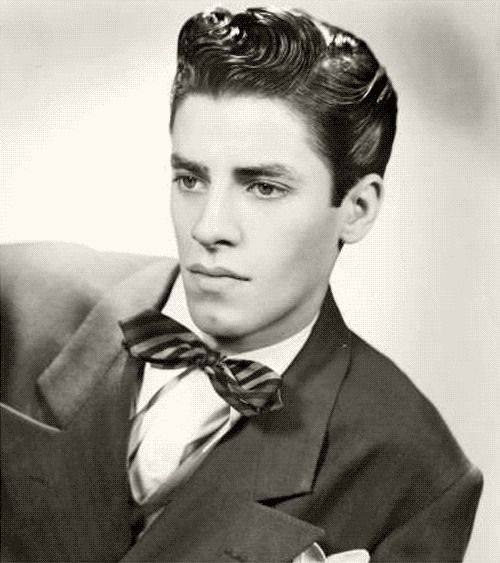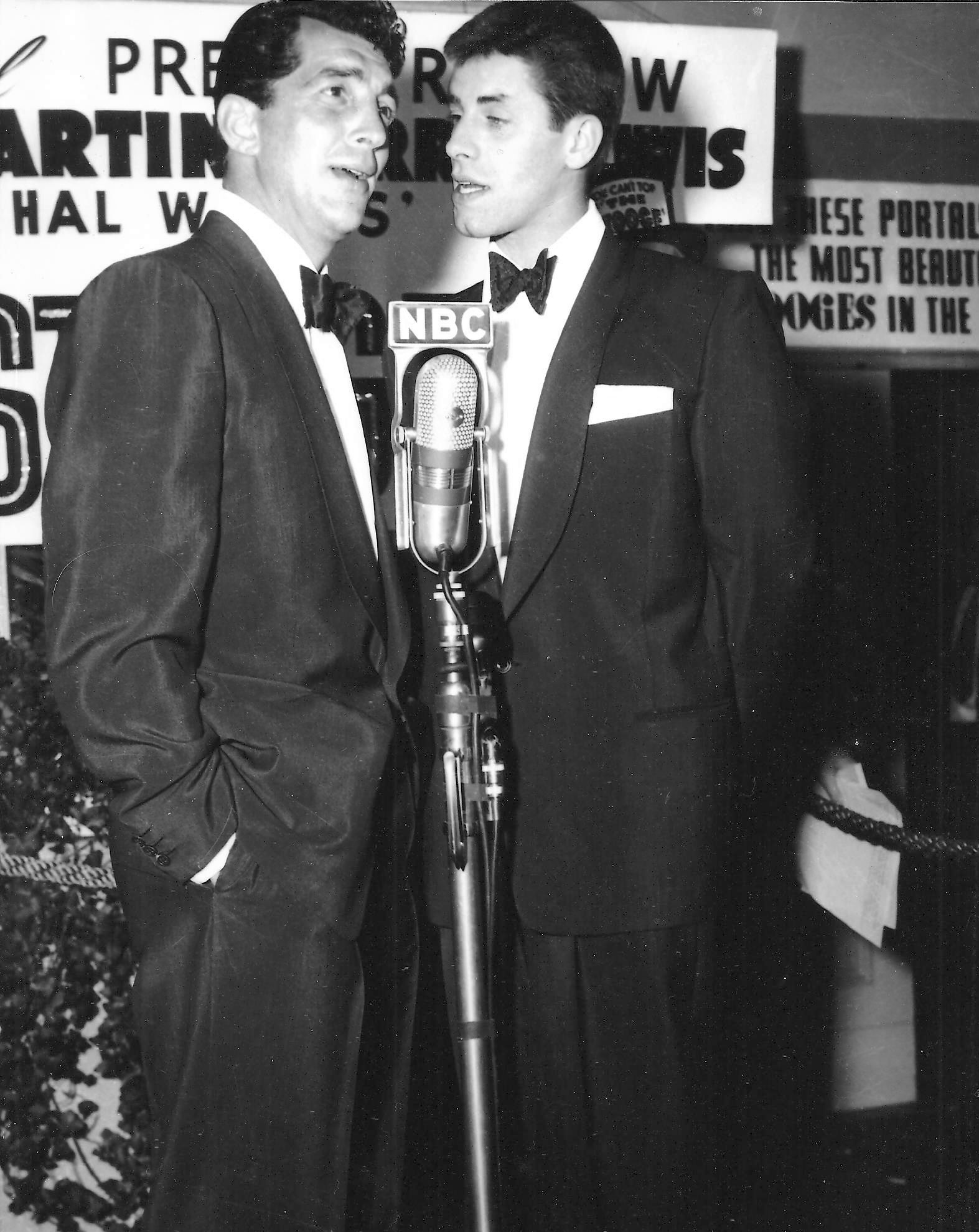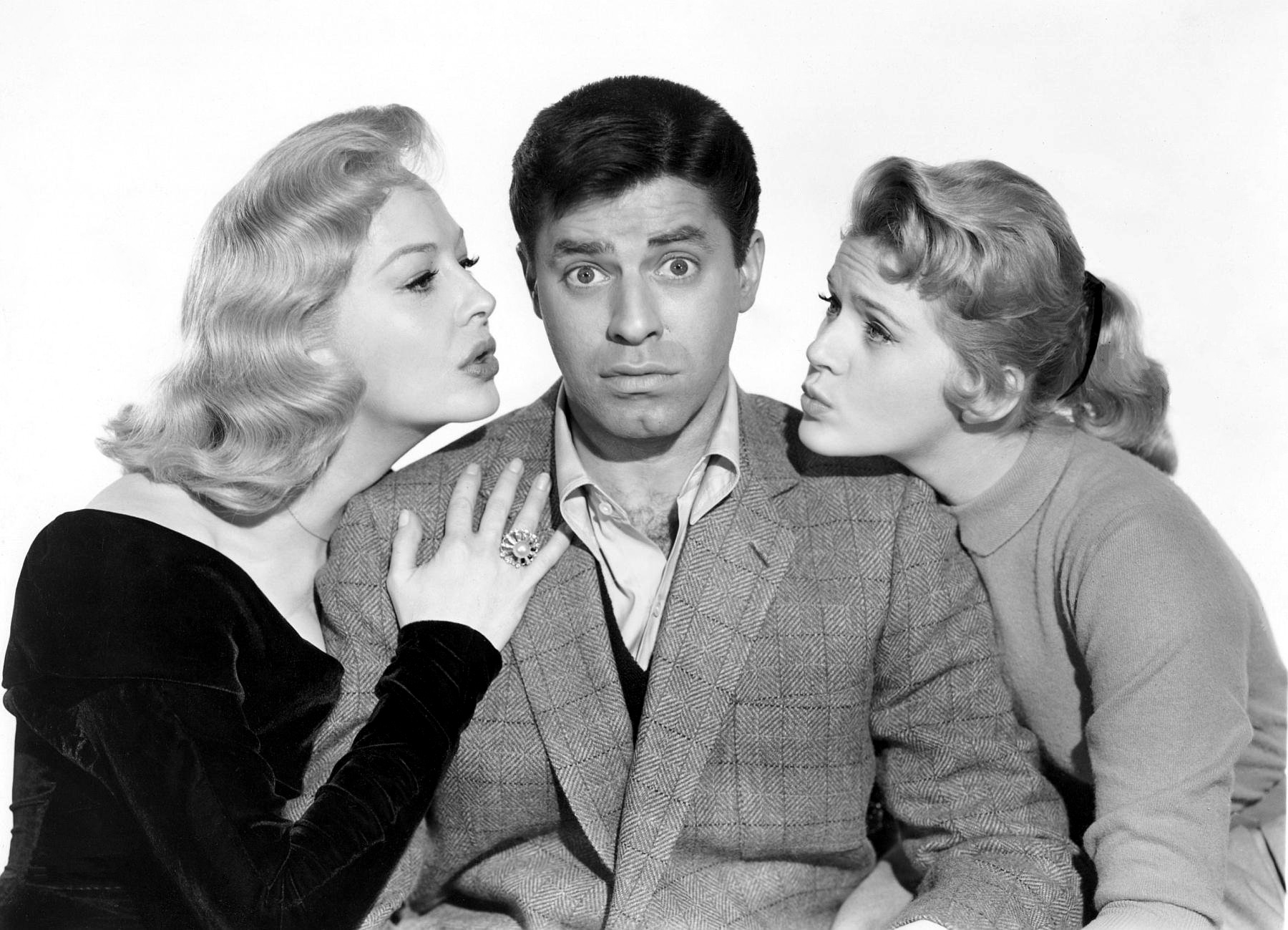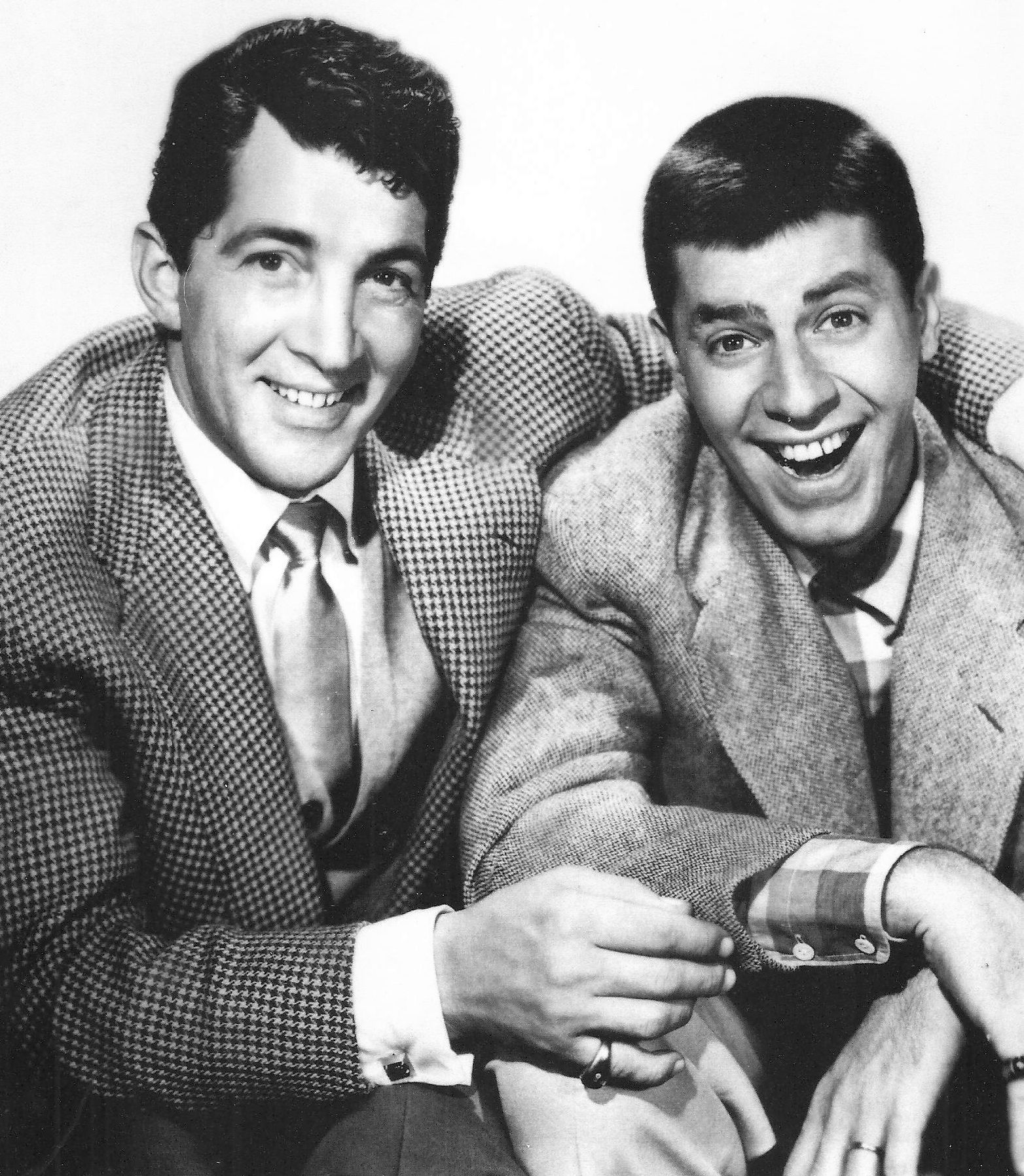Happy Birthday, Jerry Lewis!
Posted by Ivan G. Shreve, Jr. on Mar 16th 2018
August 20, 2017 was for many fans of comedy a day to weep…not laugh. The man born Joseph Levitch (though other sources report his name as Jerome) in Newark, NJ on this date in 1926 had left this world for a better one. Whether or not you consider yourself a fan, it’s inarguable that Jerry Lewis made incalculably important contributions to comedy. Lewis was one of the few performers whose show business career touched upon every facet of entertainment in the 20th century. He began in vaudeville and burlesque before achieving initial fame in nightclubs. Jerry conquered movies, working not only as an actor-comedian, but graduating to a position as a writer, director, and producer. He flourished in television with variety programs and talk shows, conquered Las Vegas and Broadway…and of course, Lewis did okay for himself in radio as well.
Jerry Lewis seemed destined for a life in show business. His father, Danny, was a vaudeville performer and M.C. (Master of Ceremonies); his mother, Rachel (known to all as “Rae”), was Danny’s musical director and a piano player for New York’s WOR. Jerry began performing on stage at age five, and initially achieved some small success with what became known as “The Record Act”—in which he frantically lip-synched and mimed to phonograph records played offstage. This specialty kept the young comedian busy throughout the New York entertainment circuit affectionately known as “the Borscht Belt.”

It was making the acquaintance of a singer named Dean Martin that would catapult both men to the top of the entertainment world. Jerry initially met Dean in 1945 at a club called The Glass Hat. A year later, while Jerry was bombing at the Havana-Madrid Club in New York City (the Spanish audience was unreceptive to Lewis’ miming-to-records shtick), he convinced the club manager to let him cut up a little during Martin’s performance, as Dean was also on the bill at the time. Lewis, dressed as a bellboy, interrupted Martin’s musical number by dropping a tray of dishes and generally wreaking havoc, and this resulted in a hilarious exchange of insults between the duo that laid the audience in the aisles. Their subsequent nightclub bookings came fast and furious; it was estimated that the team took in $15,000 weekly in 1948 alone.
It wouldn’t take long before the public became familiar with Martin and Lewis’ antics over the ether. Dean and Jerry made a well-received appearance on The Bob Hope Show in October of 1948, and NBC decided to give the duo their own radio show. It premiered on April 3, 1949, with Lucille Ball as their guest. NBC spent $10,000 a week on The Martin & Lewis Show, booking big celebrities like Henry Fonda, John Garfield, and Jane Russell…but the show failed to attract much of an audience. The program left NBC on January 30, 1950.

Though their work in radio experienced a temporary setback, the team of Dean Martin and Jerry Lewis would return to a microphone in the fall of 1951 with a show that would run for two seasons. The reason for this was the duo’s popularity in motion pictures…which began (interestingly enough) with an appearance in a movie based on a radio hit. Paramount brought My Friend Irma to the silver screen in 1949, with star Marie Wilson reprising her radio role as the frustratingly dim-witted blonde. Martin & Lewis were added to the cast as incidental characters; Martin played a love interest for the Jane Stacy character (played in the film by Diana Lynn). My Friend Irma not only became a box-office smash, it led to a sequel the following year (My Friend Irma Goes West). The first solo Dean & Jerry film followed: At War with the Army (1950). Martin & Lewis would soon overtake Abbott & Costello as the #1 movie comedy team, appearing in a string of celluloid smashes that included That’s My Boy (1951), Sailor Beware (1951), Jumping Jacks (1952), Scared Stiff(1953), and Money from Home (1953).
Jerry Lewis and Dean Martin were also hard at work convulsing television audiences as well. The team were among the guests on the very first telecast of Ed Sullivan’s The Toast of the Town on June 20, 1948, and they would eventually be hired to host The Colgate Comedy Hour in the fall of 1950. (The Colgate series rotated the hosts regularly, insuring that Martin & Lewis were not tied down to a weekly series.) It’s been said that while nothing could quite capture the improvised zaniness of Dean & Jerry’s nightclub act, their assignments on the Comedy Hour came as close as possible. The duo remained mainstays on the program until it left the airwaves in December of 1955.
Jerry Lewis and Dean Martin continued their string of movie successes with hits like Living It Up (1954), You’re Never Too Young (1955), and Artists and Models (1955)…but their partnership had already started to show signs of strain by the time the duo made 3 Ring Circus (1954). Martin’s role in their films had started to take a backseat to Lewis’ antics, and the friction that developed would eventually lead to their break-up before their final film as a team, Hollywood or Bust, was released in 1956. Both men would later have wildly successful solo film careers…though it was Lewis who fared a little better on the moviemaking side, with popular releases like The Delicate Delinquent (1957), Rock-a-Bye Baby (1958), and Don’t Give Up the Ship (1959). The 1960 comedy The Bellboy established Jerry as a director, and he would helm such successes as The Ladies’ Man (1961) and The Nutty Professor (1963), the latter considered by his many fans to be his best solo film.

Although Jerry Lewis continued to make appearances on television—he hosted a two-hour variety show in 1963 and another variety hour from 1967 to 1969—he never found the small screen success that his ex-partner achieved with The Dean Martin Show from 1965 to 1974. It didn’t really matter much in the big picture, however; Lewis was a frequent guest (and occasional guest host) on outlets like The Tonight Show. In addition, from 1966 to 2010, he hosted the popular Jerry Lewis MDA Labor Day Telethon, an annual fundraiser for the Muscular Dystrophy Association. Jerry would continue to make movies throughout the 1960s (The Patsy, The Family Jewels) before finishing out the decade with Which Way to the Front? In 1970. He was absent from the silver screen for about a decade until he returned in the 1980s with hits like Hardly Working (1981) and Cracking Up (1983). It was about this time that Jerry began to receive critical praise for appearances in the likes of such films as The King of Comedy (1983) and Funny Bones (1995).
Despite a series of health setbacks over the years, Jerry Lewis never let his energy wane. In 1995, he achieved a lifelong ambition to appear in a Broadway production, portraying The Devil in a revival of the musical Damn Yankees. Lewis continued to be a dynamo with guest roles on TV shows like Mad About You and Law & Order: SVU. His final solo film, Max Rose, was released in 2013 and his cinematic swan song was 2016’s The Trust. However, Jerry Lewis had a booking to play an exclusive nightclub in The Great Beyond and left this world to fulfill that obligation at the age of 91.

From 1950 to 1955, Jerry Lewis and Dean Martin appeared in twenty-eight telecasts of The Colgate Comedy Hour…and on The Dean Martin & Jerry Lewis Collection—a DVD set available from Radio Spirits—you can revisit those hilarious moments when TV was live and America’s favorite comedy team was working without a net. (The collection also features three of Jerry’s solo films: 3 on a Couch [1966], Don’t Raise the Bridge, Lower the River [1968], and Hook, Line and Sinker [1969].) You’ll also find clips of our birthday boy on Funniest Moments of Comedy, a 6-DVD collection stuffed with classic clowns from the worlds of both the big and small screens. Happy birthday to the incomparable Jerry Lewis!

